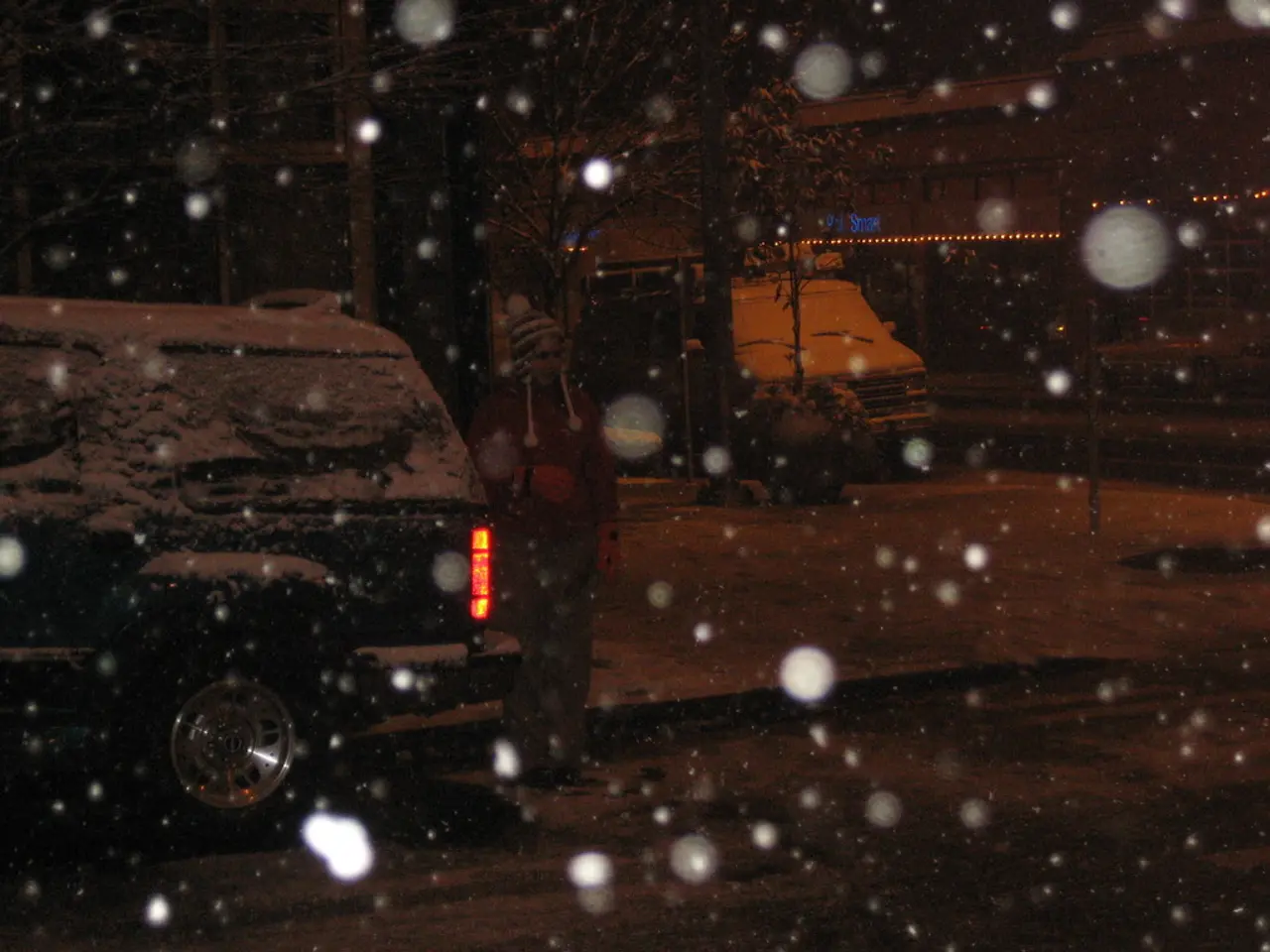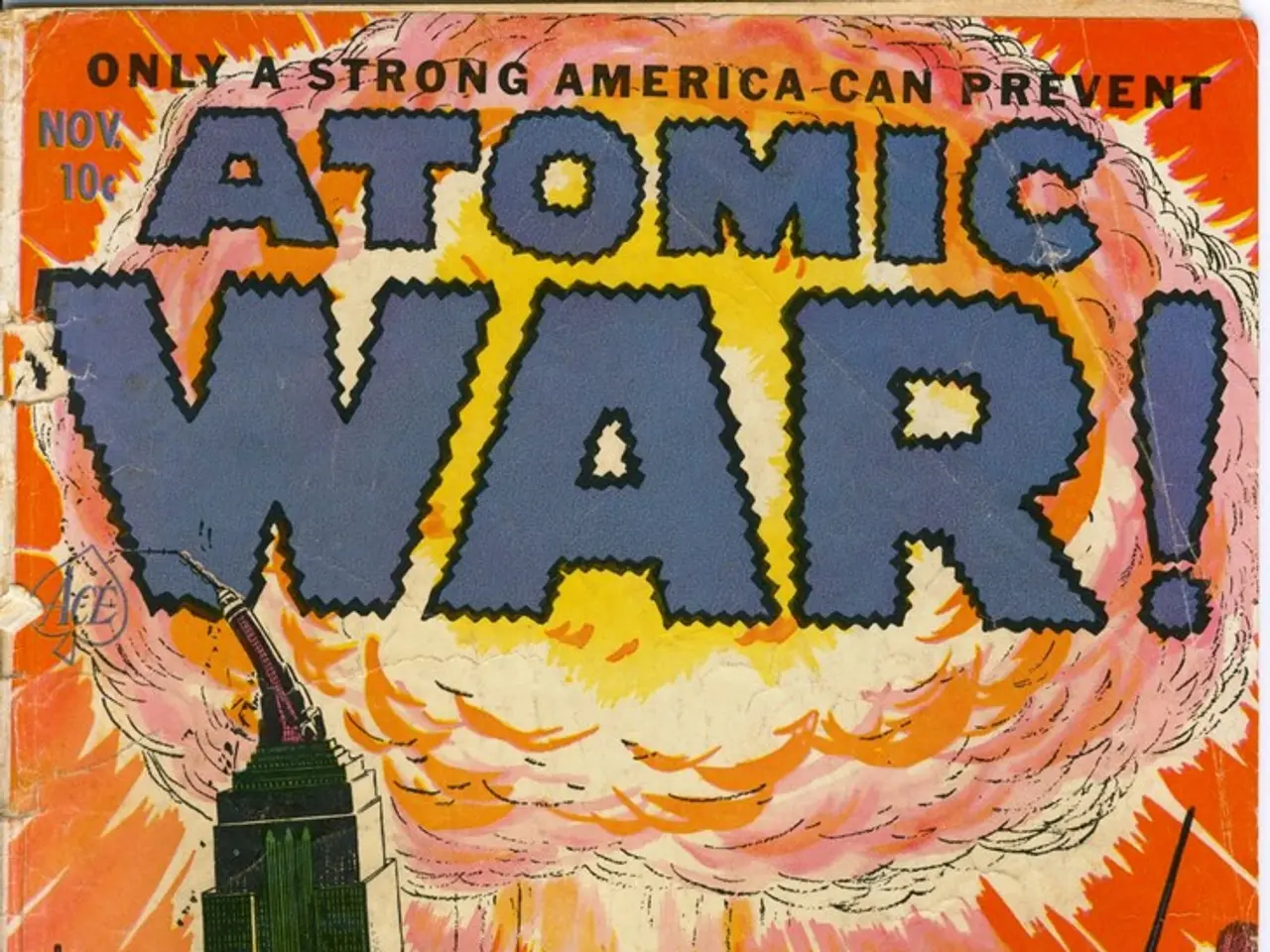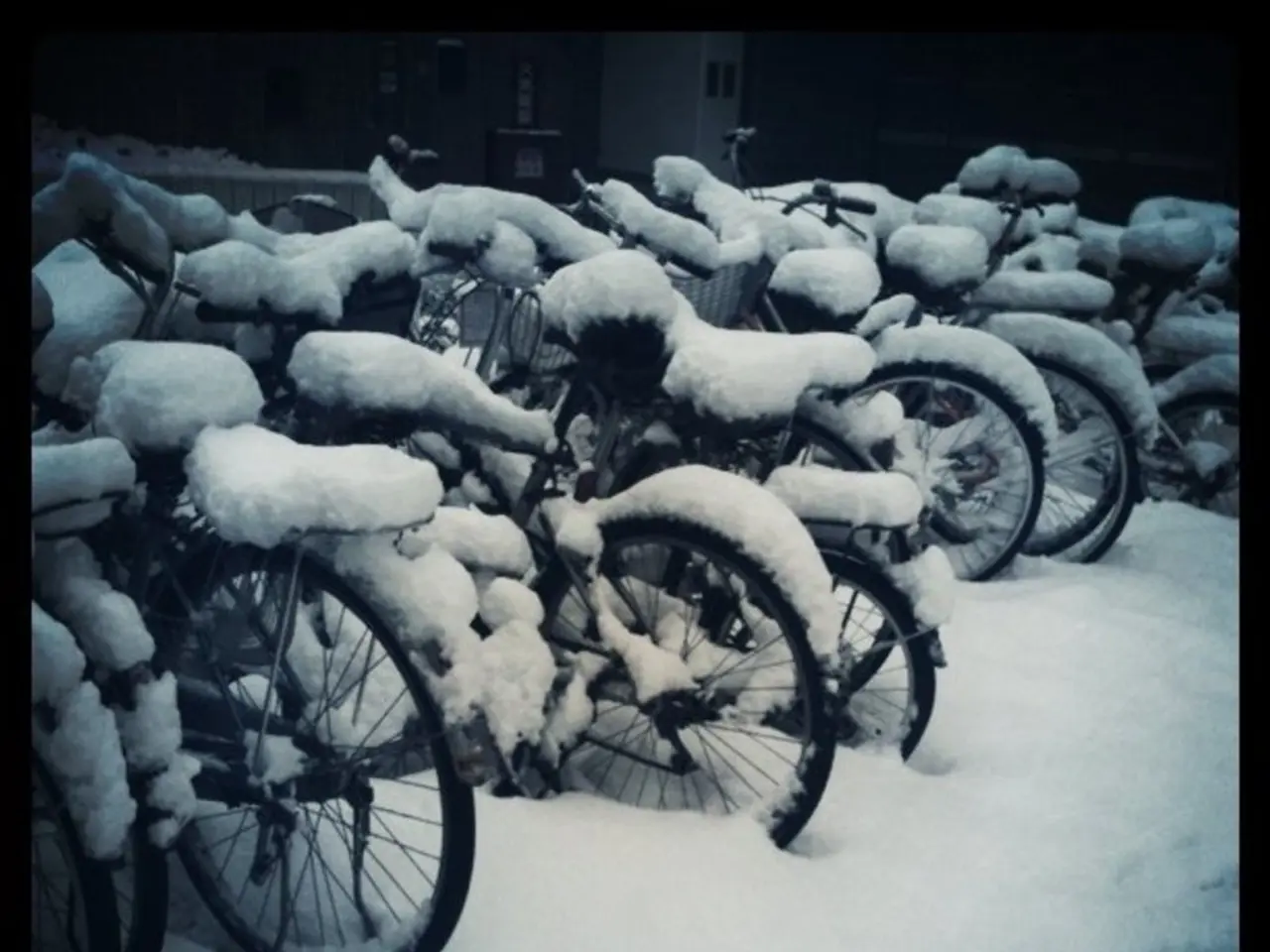Unforeseen and Artificial Snowfall: What Exactly is Induced Industrial Snow Appearing Nowadays?
In recent times, a peculiar winter phenomenon has been making headlines – industrial snow. This is not your typical snowfall event that we usually associate with cold weather and frosty landscapes. Instead, industrial snow is a term used to describe snow that is artificially produced or influenced by human industrial activities.
Industrial snow can be traced back to emissions from factories, power plants, or urban areas, incorporating pollutants and particulates released from these sources. These contaminants become embedded in the snowflakes or accumulate in the snowpack, making industrial snow directly linked to pollution.
The presence of these pollutants significantly impacts meteorological forecasting. Pollutants can influence the formation and characteristics of snow crystals, cloud microphysics, and precipitation patterns. Altered snow properties may affect snow cover duration and accumulation measurements, which are key variables for weather and climate models.
Moreover, the technosphere – the global human-made system of structures and emissions – affects the atmosphere’s composition and, consequently, weather systems. This complexity complicates the forecasting of snowfall and related meteorological phenomena.
The occurrence of industrial snow in urban areas is not typical snowfall. Instead, it happens when slight humidity is present in the air, and pollution particles act as condensation nuclei for ice crystals. The greater the level of pollution in a city, the higher the likelihood of experiencing industrial snow during winter months.
Recently, this unusual winter phenomenon has unexpectedly blanketed cities and suburbs, causing surprise among commuters. The absence of a natural snow forecast made this occurrence even more unpredictable.
In conclusion, industrial snow is a fascinating yet concerning phenomenon that highlights the impact of human activities on our environment. As we continue to industrialise, it is crucial to consider the potential consequences on weather patterns and forecasting accuracy.
Industrial snow, a consequence of human activities, is linked to pollution from factories, power plants, and urban areas, incorporating contaminants that impact meteorological forecasting by altering snow properties and affecting snow cover duration and accumulation measurements. The occurrence of industrial snow in urban areas is unusual, happening when pollution particles act as condensation nuclei for ice crystals, and is more likely during winter months with slight humidity.








